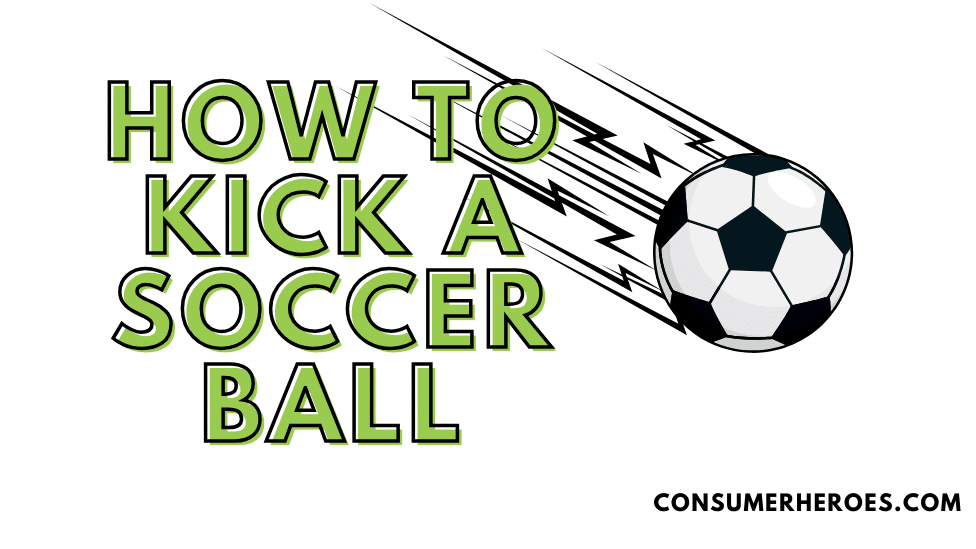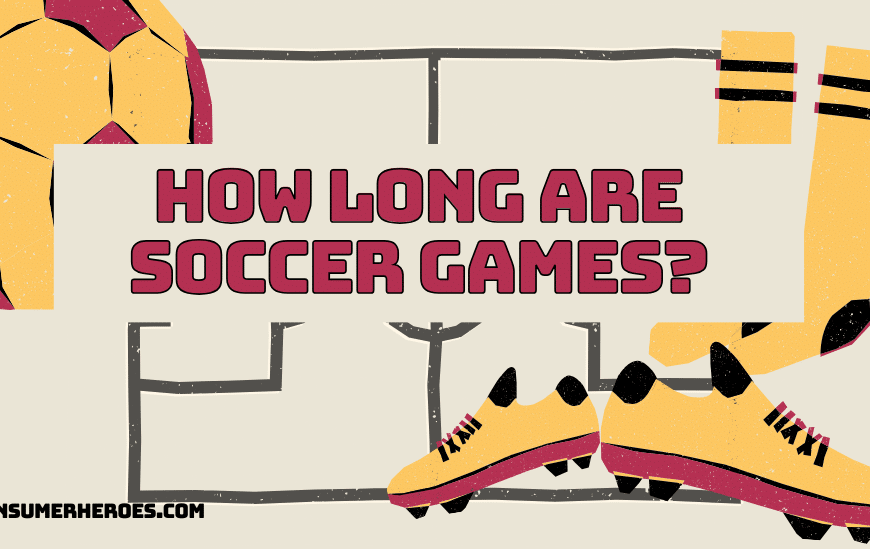Juggling a soccer ball is a fun and challenging skill that requires practice and patience. It involves keeping the ball in the air using various parts of the body without using the hands. Juggling can help improve ball control, coordination, and overall soccer skills. In this article, we will provide some tips and techniques on how to juggle a soccer ball.
The first step to juggling a soccer ball is to start with the basics. Begin by using the feet to keep the ball in the air. Start with one touch, then two, and gradually increase the number of touches. It is important to keep the ball close to the body and use the inside and outside of the foot to control it. Once comfortable with using the feet, try using other parts of the body such as the thighs, chest, and head.
One of the most important aspects of juggling is maintaining balance and control. It is important to keep the body relaxed and focused on the ball. Avoid looking down at the ball and instead keep the eyes focused on a fixed point in the distance. This will help improve balance and coordination. With practice and dedication, anyone can learn how to juggle a soccer ball like a pro.
Understanding the Basics of Soccer Ball Juggling
Juggling a soccer ball is a fun and challenging skill that requires practice and patience. It involves keeping the ball in the air using various parts of the body, such as the feet, thighs, chest, and head. Before attempting to juggle, it’s essential to understand the basics of soccer ball juggling.
The Proper Technique
To juggle a soccer ball, one needs to use the proper technique. The basic technique involves using the feet to bounce the ball off the ground and back into the air. Here are the steps to follow:
- Start by dropping the ball from waist height and let it bounce on the ground.
- As the ball bounces back up, kick it with the top of your foot, making sure to keep your ankle locked and your toes pointed upwards.
- As the ball comes back down, cushion it with the same foot and repeat the process.
It’s important to keep the ball close to your body and use small touches to maintain control. As you become more comfortable, you can start using other parts of your body, such as the thighs and chest.
Tips for Success
Juggling a soccer ball takes practice and patience. Here are some tips to help you succeed:
- Start with your dominant foot and switch to your non-dominant foot once you’re comfortable.
- Use a lighter ball, such as a size 1 or 2, to start.
- Practice in a space with a flat surface and enough room to move around.
- Focus on keeping the ball close to your body and using small touches.
- Use your peripheral vision to keep track of the ball and avoid looking down at your feet.
- Don’t get discouraged if you drop the ball; it’s all part of the learning process.
By following these tips and practicing regularly, anyone can learn how to juggle a soccer ball. It’s a fun and rewarding skill that can improve your overall game and impress your friends.
Choosing the Right Equipment
Selecting a Soccer Ball
Choosing the right soccer ball is essential for learning how to juggle. It is important to choose the right size and weight of ball for your skill level. For beginners, a size 4 ball is recommended, while more advanced players can use a size 5 ball.
The weight of the ball is also important. A heavier ball will be more difficult to control, while a lighter ball may not provide enough resistance to improve your skills. It is recommended to choose a ball that weighs between 14 and 16 ounces.
Another important factor to consider when selecting a soccer ball is the material. Leather balls are the most traditional and provide a good feel, but they can be expensive. Synthetic balls are more affordable and durable, but may not have the same feel as a leather ball.
Choosing Proper Footwear
Wearing the right footwear is important for both safety and performance when juggling a soccer ball. Soccer cleats are recommended as they provide better traction and support than regular athletic shoes.
When choosing soccer cleats, consider the playing surface. Firm ground cleats are designed for natural grass fields, while soft ground cleats are designed for wet or muddy fields. Turf shoes are designed for artificial turf surfaces.
It is also important to choose cleats that fit properly. A properly fitting shoe will provide better support and reduce the risk of injury. When trying on cleats, make sure there is enough room in the toe box and that the heel is snug.
By selecting the right soccer ball and proper footwear, you can maximize your performance and reduce the risk of injury while learning how to juggle a soccer ball.
Mastering the Fundamentals
First Touch
To start juggling a soccer ball, it’s essential to have a good first touch. This means controlling the ball with your feet and keeping it close to your body. It’s important to practice this skill before attempting to juggle. Here are some tips to improve your first touch:
- Use the inside of your foot to control the ball
- Keep your ankle locked and your toes pointed up
- Cushion the ball by slightly bending your knees upon contact
- Practice controlling the ball with both feet
Balance and Posture
Maintaining good balance and posture is crucial when juggling a soccer ball. This will help you stay in control of the ball and prevent it from bouncing away. Here are some tips to improve your balance and posture:
- Stand with your feet shoulder-width apart
- Keep your knees slightly bent
- Keep your head up and your eyes on the ball
- Keep your arms out to the sides for balance
Eye and Ball Coordination
Juggling a soccer ball requires good eye and ball coordination. This means being able to track the ball with your eyes and adjust your foot movements accordingly. Here are some tips to improve your eye and ball coordination:
- Focus on the ball and track its movement
- Use your peripheral vision to keep track of the ball’s position
- Anticipate the ball’s movement and adjust your foot movements accordingly
- Practice juggling with both feet to improve coordination
By mastering these fundamentals, you’ll be well on your way to becoming a skilled soccer ball juggler. Practice regularly and be patient with yourself. With time and dedication, you’ll be able to juggle the ball with ease.
Practicing Techniques
Practicing is essential to learning how to juggle a soccer ball. Here are some techniques to help you improve your footwork and coordination.
Foot Juggling
Foot juggling is the most common technique used to juggle a soccer ball. It involves using the feet to keep the ball in the air. Here are some tips to help you improve your foot juggling skills:
- Start by standing still and juggling the ball with your dominant foot. Once you get comfortable, try alternating feet.
- Focus on keeping the ball close to your body. Use the top of your foot to hit the ball and try to keep it under control.
- Gradually increase the number of times you can juggle the ball without it touching the ground. Aim for 10, then 20, and so on.
Thigh Juggling
Thigh juggling involves using the thighs to keep the ball in the air. It is a great way to improve your control and coordination. Here are some tips to help you improve your thigh juggling skills:
- Start by dropping the ball onto your thigh and catching it. Once you get comfortable, try to keep the ball in the air using only your thigh.
- Use the inside of your thigh to control the ball. Keep your thigh relaxed and try to cushion the ball when it lands.
- Gradually increase the number of times you can juggle the ball with your thigh. Aim for 5, then 10, and so on.
Head Juggling
Head juggling involves using the head to keep the ball in the air. It is a great way to improve your timing and coordination. Here are some tips to help you improve your head juggling skills:
- Start by dropping the ball onto your forehead and catching it. Once you get comfortable, try to keep the ball in the air using only your head.
- Keep your eyes on the ball and use your neck muscles to control the ball. Try to use the front of your forehead to hit the ball.
- Gradually increase the number of times you can juggle the ball with your head. Aim for 3, then 5, and so on.
Remember to practice regularly and be patient with yourself. Juggling a soccer ball takes time and effort, but with practice, you can become a skilled juggler.
Advanced Juggling Skills
Multiple Ball Juggling
Once you have mastered the basic juggling technique with one ball, you can start to challenge yourself by adding more balls. Start with two balls and toss one ball into the air, then toss the second ball before catching the first ball. As you improve, you can add more balls to the mix.
To juggle with three balls, toss one ball into the air, then toss the second ball before catching the first ball. As the second ball reaches its peak, toss the third ball. Repeat this pattern, always keeping one ball in the air.
Juggling with Movement
Juggling while standing still is one thing, but adding movement can take your skills to the next level. Try juggling while walking forward, backward, and sideways. You can also try juggling while running or jumping.
Juggling Tricks
Once you have mastered the basic juggling technique, you can start to add some tricks to your routine. Try juggling with your feet, knees, or head. You can also try juggling while sitting or lying down.
Here are some other juggling tricks you can try:
- Behind the back juggling
- Under the leg juggling
- Around the world juggling
- Blind juggling (closing your eyes while juggling)
Remember to always practice in a safe environment and start with easier tricks before moving on to more difficult ones. With practice and dedication, you can become an expert soccer ball juggler.
Maintaining Consistency and Progress
Consistency is key when it comes to juggling a soccer ball. The more you practice, the better you will become. Here are some tips to help maintain consistency and progress:
Regular Practice
To become proficient at juggling a soccer ball, regular practice is essential. It is recommended to set aside at least 20 minutes a day to practice. During this time, focus on improving your technique and increasing the number of juggles you can do. It is important to stay motivated and maintain a positive attitude, even if progress seems slow at times.
Tracking Improvement
Tracking your progress is a great way to stay motivated and see how far you have come. Keep a record of the number of juggles you can do each day and try to beat your personal best. You can also set goals for yourself, such as reaching a certain number of juggles or being able to juggle with both feet.
Overcoming Challenges
Juggling a soccer ball can be challenging, especially when you are first starting out. It is important to stay patient and persistent. If you are struggling with a particular aspect of juggling, such as keeping the ball in the air or controlling it with your weaker foot, focus on improving that area. You can also try practicing with a smaller or lighter ball to help improve your control.
In conclusion, maintaining consistency and progress is essential to becoming a skilled soccer ball juggler. By practicing regularly, tracking your improvement, and overcoming challenges, you can improve your technique and reach your goals.
Conclusion
With practice and dedication, anyone can learn how to juggle a soccer ball. It’s a fun and challenging skill that can improve your overall game and impress your teammates and opponents alike.
To get started, it’s important to focus on the basics, such as keeping your eyes on the ball, using your feet and thighs to control it, and maintaining a steady rhythm. As you become more comfortable, you can try more advanced moves, such as spins, stalls, and tricks.
Remember to take breaks when you need them, and don’t get discouraged if you don’t see progress right away. Juggling a soccer ball takes time and effort, but the rewards are well worth it.
In conclusion, juggling a soccer ball is a great way to improve your skills and show off your talent on the field. With patience and practice, anyone can learn to juggle like a pro. So grab your ball and get started today!







